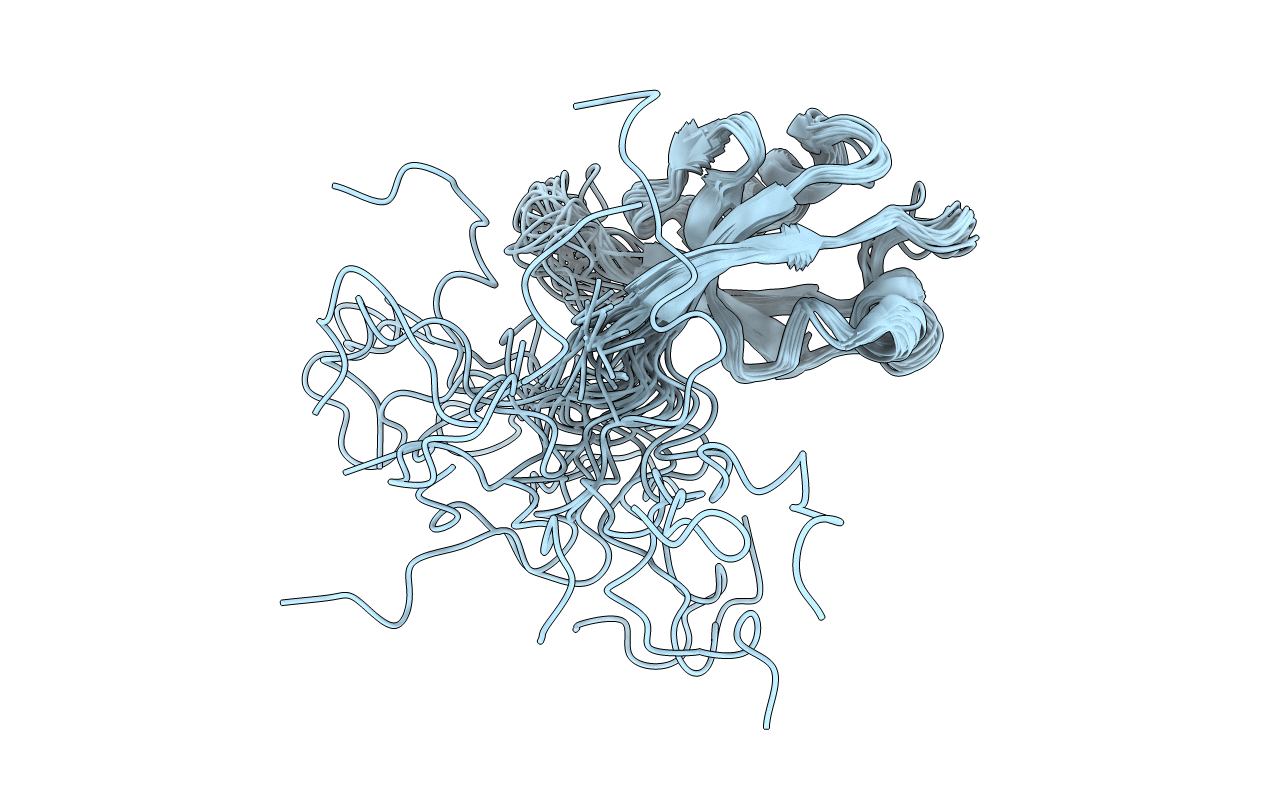
Deposition Date
2006-02-23
Release Date
2007-01-09
Last Version Date
2024-05-29
Method Details:
Experimental Method:
Conformers Calculated:
50
Conformers Submitted:
20
Selection Criteria:
structures with the lowest energy


